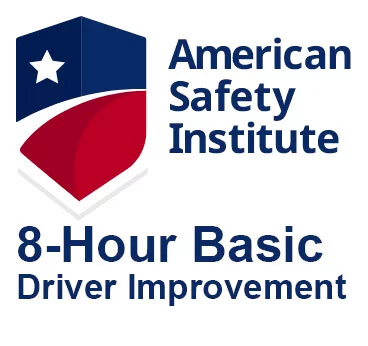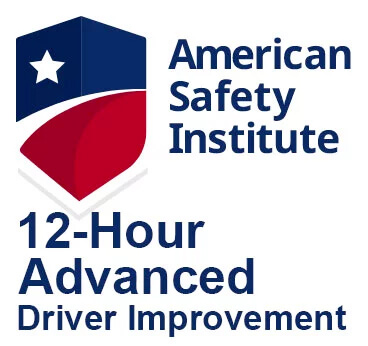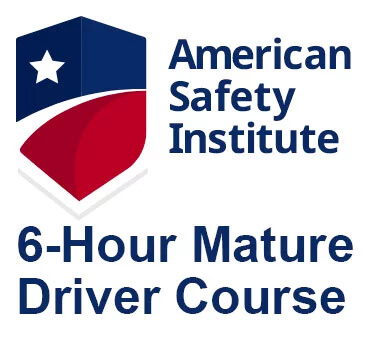What are the Three Collisions in a Crash?
Crash Dynamics: The First, Second and Third Collision
Learn about the three collisions in a crash to better understand how to prevent the worst outcome. A collision happens when a car strikes another object, but that isn’t all there is to know. There are actually two and sometimes three collisions that take place in any given car crash.
The First Collision
When the vehicle collides with another object
The first collision is the most associated with crashes. With the advancement of safety features, most vehicles are designed to crush well and absorb a significant portion of the kinetic energy involved in the crash which helps protect the more fragile, human occupants. Tip: if you experience a situation with an on-coming collision, it is better to veer into an object that gives (a bush, for example) which can absorb some of the energy. Crashing head-on into a vehicle, pole or tree is a recipe for disaster.
The Second Collision Known as the “human collision”
Occupants in the vehicle are still moving at the same speed that the vehicle was traveling at the moment of impact . The occupant will only stop once they connect with an outside force. While the vehicle’s kinetic energy is being reduced in the first collision, the human occupants are still moving at the same speed and direction that the car was initially until they hit an object that causes their forward motion to stop. This is one of the important reasons that seatbelts save lives. Occupants in a crash without a seat belt will move forward until they strike something such as a steering wheel, dashboard or window. However, they could also be ejected from the vehicle and crash into a tree or concrete barrier. Occupants that hit any of these objects have their motion stopped almost instantaneously. The sudden disbursement of energy from the occupants usually results in the body being crushed, which is why unbuckled occupants have such a significant risk of death in a car accident.
The Third Collision Known as the “internal collision”
Occupants internal organs move towards the point of impact and may hit other bones, organs or skull. The body may appear uninjured, however, internal organs may be torn, bruised or bleeding
As an occupant’s body stops moving, the internal organs continue moving until another organ or body part exerts enough energy to stop the motion. Car crashes with high deceleration forces, such as when a vehicle crashes into a concrete barrier, often lead to internal problems such as ruptured spleen, liver or large vessels. There are three collisions in a crash”. Montana Department of Transportation. “Three Collisions in a Crash”. Emergency Medical Paramedic. 2013.
POPULAR ONLINE DRIVING COURSES
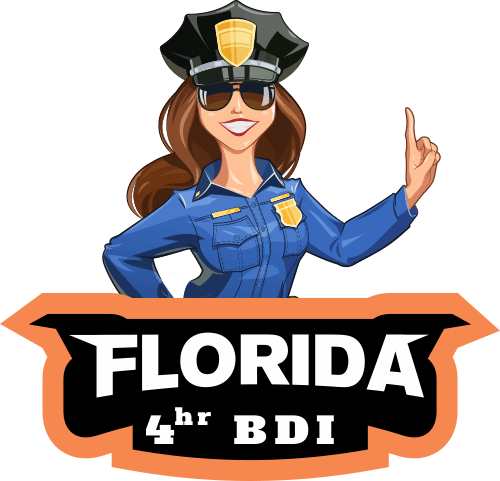
Basic Driver Improvement
Get a ticket in any Florida county OR a letter from the state requiring you to take this course? If so, we can help you dismiss the points on your license and remove the citation from your driving record. En Español. more info start now
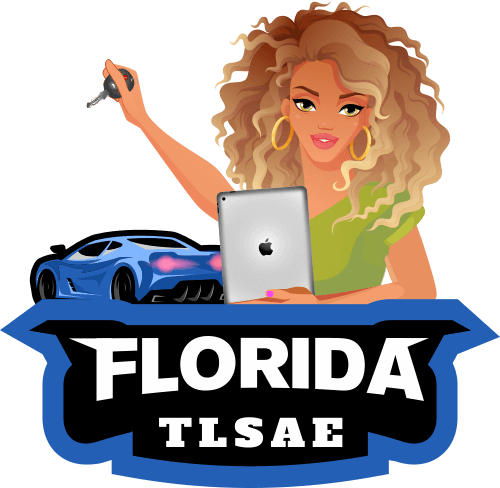
4 Hour Drug And Alcohol Course
Getting your Florida driver’s license for the 1st time? We offer the best 4-Hour Florida Drug and Alcohol Course that meets all Florida driver’s license requirements.
En Español.
more info
start now





